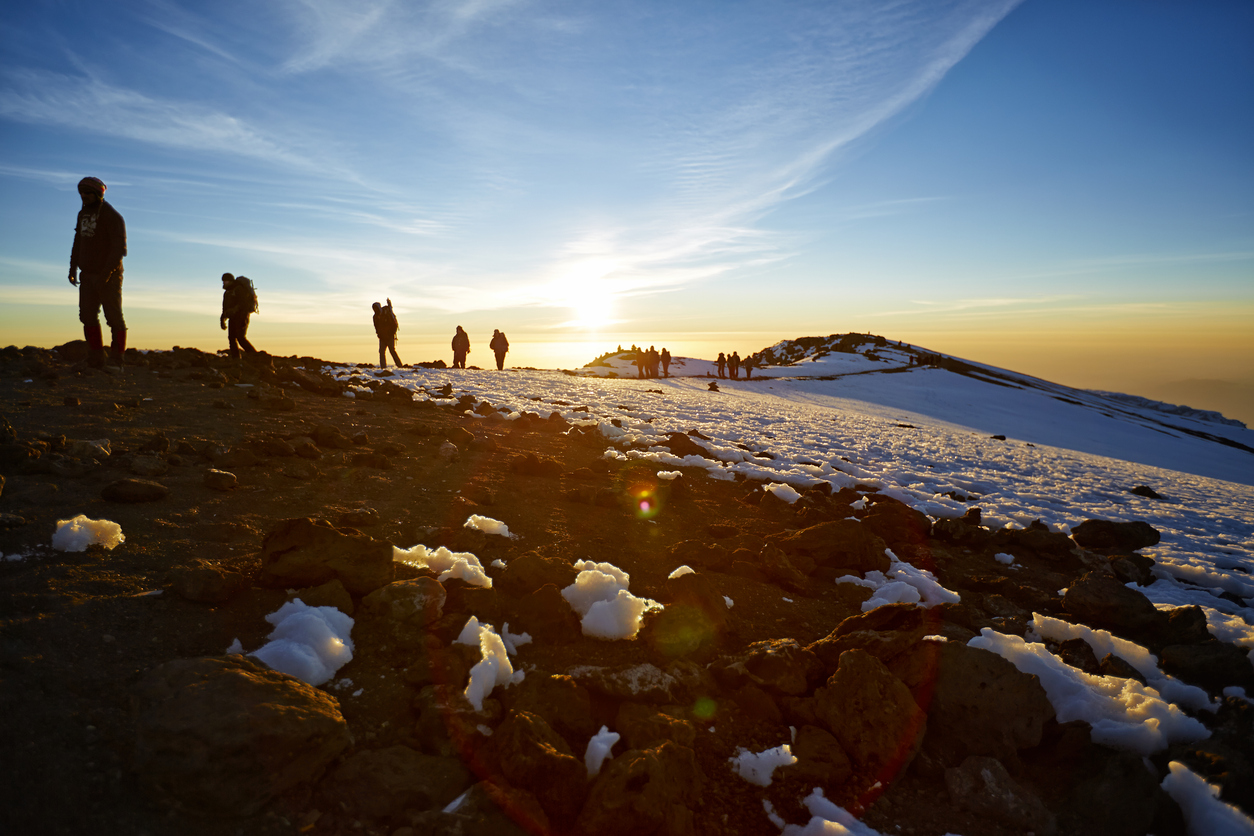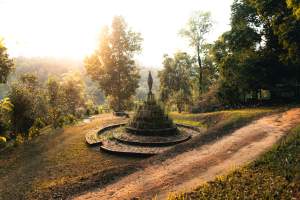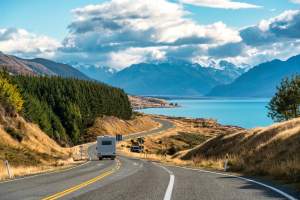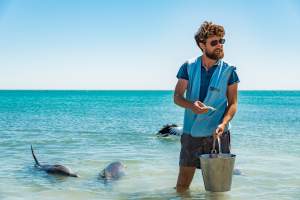
You sign up for the adventure of a lifetime. “Bucket list,” you call it. Africa’s highest peak, the highest freestanding mountain in the world — Mount Kilimanjaro. You train. You buy gear. You stare at trail maps. And then you get there.
Here’s what no one tells you before you attempt to climb Kilimanjaro: it’s not just a hike. It’s a test of endurance, willpower, patience, and how well your body handles altitude. It’s beautiful and brutal, inspiring and exhausting — often at the same time. You won’t summit because you’re strong. You’ll summit because you refused to quit.
This is a real-world account of what climbing Kilimanjaro is actually like as a first-timer. No filters. No hype. Just the physical, mental, and emotional reality of one of the greatest treks on Earth.
First: What You Need to Know
Height: 5,895 meters (19,341 feet)
Location: Tanzania
Climb duration: Typically 6 to 9 days
Difficulty: High altitude, low technical skill — no ropes or climbing experience needed, but don’t mistake that for “easy”
Success rate: Depends heavily on route and duration. Shorter routes (<6 days) have 30–50% success rates; longer ones (>7 days) are closer to 85–90%.
If you want the best chance to summit, take the longer route. Full stop.
Choosing the Right Route
There are several options, but these are the most popular:
- Marangu Route: The “Coca-Cola” route. Dorm-style huts, fastest route (5–6 days), but lowest summit success rate due to poor acclimatization.
- Machame Route: Known as “Whiskey” route — steeper, more scenic, and better acclimatization over 6–7 days.
- Lemosho Route: Arguably the most beautiful and best for acclimatization — 7–8 days, lower crowds, high success rate.
- Rongai Route: Less trafficked, drier (comes from the northern side), 6–7 days.
- Northern Circuit: Longest (9 days), quietest, best acclimatization — ideal if you want solitude and high odds of summiting.
Most first-timers choose Lemosho or Machame. Smart move.
What a Day Looks Like on the Mountain
You wake up in a tent with frost on the zipper. A porter brings hot tea to your door. You change (in a sleeping bag), eat a surprisingly hearty breakfast, pack your day bag, and start walking. Slowly. Very slowly.
Hiking hours: 4 to 8 per day, depending on elevation gain and distance
Elevation gain: 500 to 1,200 meters per day
Weather: You’ll go from tropical forest to alpine desert to glacial summit — all in one trip
Nights: Cold. Sometimes painfully so. Even with proper gear.
Your days are spent walking. Your nights are spent trying to sleep through a mix of exhaustion, altitude headaches, and the constant rustle of wind or nearby tents.
What No One Tells You About the Physical Challenge
- Altitude is the real enemy. Not distance, not fitness. You could be a marathon runner and still get wrecked by altitude.
- You will lose your appetite. Food is decent, but you won’t want to eat by day 4. Force it anyway — energy matters.
- Sleep becomes fractured. High elevation messes with your rest. Expect 3–4 hours max, often interrupted.
- You’ll feel weak, even if you trained. Your legs are fine. Your lungs are not.
- Every small task takes effort. Zipping your jacket. Brushing your teeth. Turning in your sleeping bag. It all gets harder the higher you go.
The Mental Battle
Here’s the part most people underestimate. It’s not just your body that wants to stop — it’s your mind.
By day four or five, the novelty is gone. You’re tired. Dirty. Cold. You’ve had the same oatmeal three mornings in a row. You start wondering why you paid thousands of dollars to feel this miserable.
This is where your reason matters. You didn’t come here for comfort. You came for perspective. And it only comes when things get hard.
The People Who Make It Possible: Porters & Guides
No one climbs Kilimanjaro alone. It’s not allowed — and that’s a good thing.
Your guide is your coach, medic, motivator, and walking encyclopedia. Your porters are machines disguised as humans. They carry your bags, tents, food, and sometimes even your dignity.
Tip them — generously. Without them, no one gets to the top.
Summit Day: Brutal and Beautiful
You’ll wake up at midnight on your final night. You’ll hike in the dark, in sub-zero temps, for 6–8 hours, straight up. The air is thin. The path is steep. It’s not fun. It’s not scenic. It’s not “inspiring.” It’s survival.
At some point, you’ll hit Stella Point — the rim. Then, if you can keep going, you’ll reach Uhuru Peak, the summit.
You’ll stand there — dizzy, emotional, hollowed out and full at the same time. Maybe you cry. Maybe you just stare. Maybe you don’t even realize what you’ve done until days later.
Then you descend. And that’s harder than anyone tells you.
The Descent: Don’t Underestimate It
You’ll lose over 2,000 meters of elevation in one day. Knees scream. Toes jam. You’re wrecked. But you’re also weirdly euphoric. The hard part is over — or so you think.
Two more days of hiking remain, and they’re not glamorous. But you’ll float through them, because you’ve seen the top. And everything else is downhill.
The Real Cost
- Price tag: $2,000–4,000 USD, depending on operator, route, and group size
- Gear: Add $500–1,000 if you don’t already own quality hiking/cold-weather gear
- Tips: Expect to tip $200–300 total per climber, split among your crew
- Physical toll: Days of soreness, blisters, sunburn, altitude-induced nausea
- Time: Minimum 10 days door-to-door, with travel and recovery
It’s a major investment — but every cent supports local jobs and conservation efforts in Tanzania. When you choose a responsible outfitter, your money matters.
Is It Worth It?
Absolutely — but not for the reasons you expect.
You don’t climb Kilimanjaro for the view at the summit (though it’s unreal). You climb it for the process. For the stripping away of comfort, routine, and ego. For the simple act of putting one foot in front of the other, again and again, until it’s done.
You’ll come down lighter — not just physically, but mentally. Something in you will shift. And long after the soreness fades, that part of you will stay changed.
Final Advice
- Go slow. “Pole pole” — slowly, slowly — is more than a phrase. It’s gospel on the mountain.
- Train smart. Focus on endurance, not speed. Long hikes, stairs, weighted packs.
- Choose the right outfitter. Look for ethical treatment of porters and proper safety standards.
- Listen to your body. Altitude sickness doesn’t care how determined you are.
- Take the longer route. You’ll thank yourself later.
Climbing Kilimanjaro won’t make you a mountaineer. But it might just rewire your relationship with discomfort, challenge, and what you think you’re capable of. It’s not easy. It’s not cheap. But it’s real — and in a world full of curated experiences and digital highs, that kind of real is rare.
When you finally take that summit photo, bleary-eyed and grinning through cracked lips, you’ll understand something few ever do:
You didn’t conquer the mountain.
You conquered yourself.







